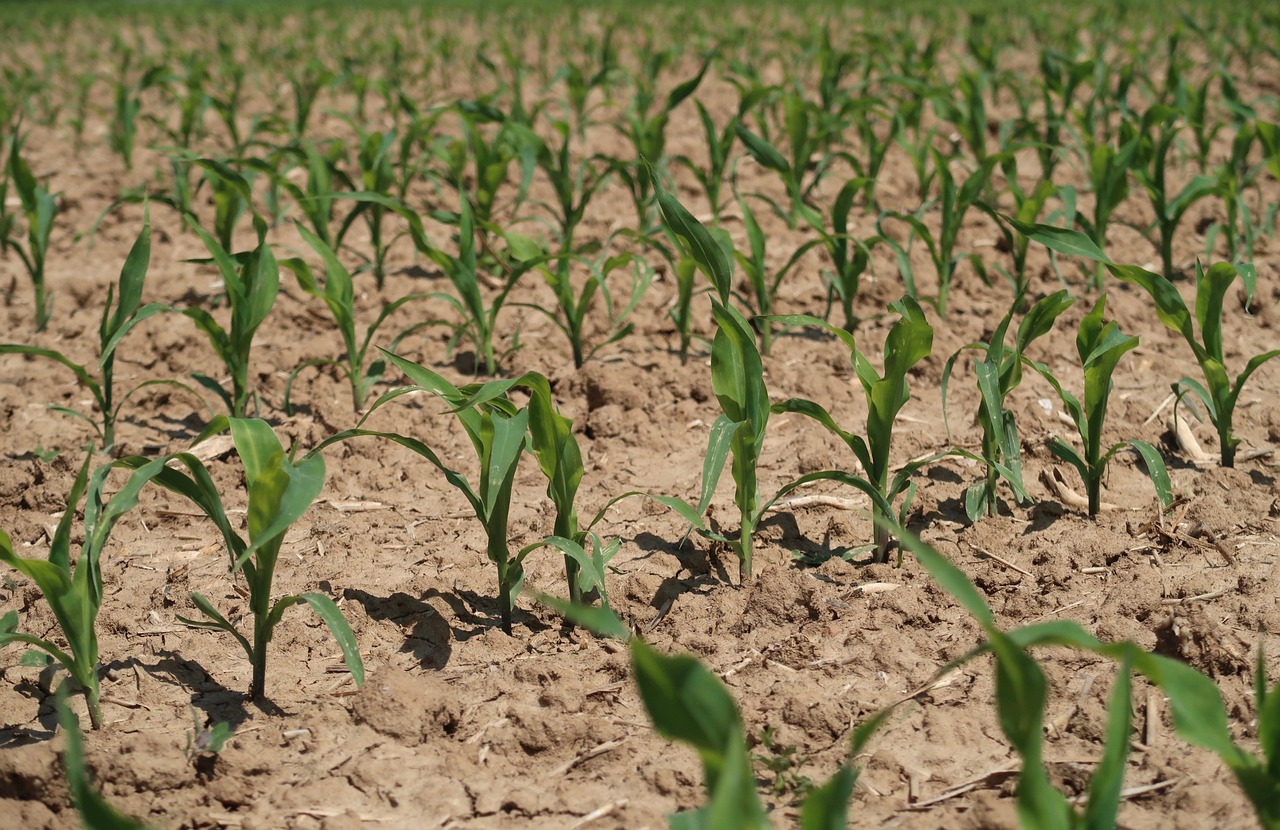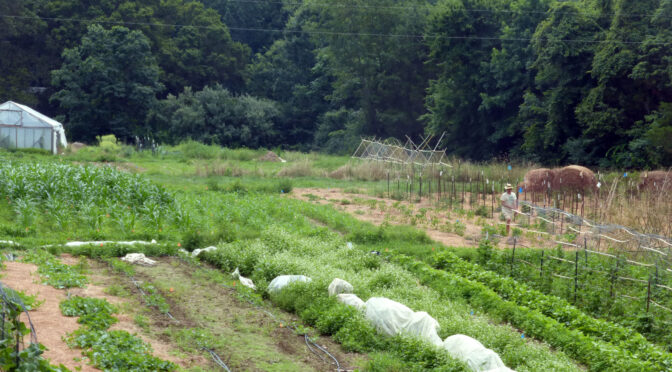Succession planting is one of the best ways to get more out of your garden. It means you can spread out your harvests rather than having periods of extreme abundance and shortage. Unfortunately, people often picture hauling out a calendar, looking at spreadsheets, and spending hours calculating exact schedules. While some cut flower farmers and vegetable market growers do get it down to an exact science, succession planting in the home garden can be much simpler while still providing benefits. Here are a few simple ways we spread out the harvest with succession planting.
Select Staggered Varieties
You may find a wide variation in days to maturity, even among the same crop. This is ideal for enjoying that crop over an extended period. A great example of this is cabbage.
For early fresh eating, choose a variety like Early Jersey Wakefield (64 days) or Golden Acre (62 days), which will be easily ready in time to make coleslaw for your summer barbeque. Start a longer-season variety like Premium Late Flat Dutch (100 days) for fall storage, sauerkraut, and cooking.
Select Staggered Crops
Some crops naturally have their season, and that’s okay, too. While we might get a few successions of spinach and lettuce in the spring, it eventually gets too hot to have much luck with them. In these cases, selecting a different crop rather than another variety is best.
For example, we know that eventually, our lettuce will bolt in the summer heat. If you’re not keeping it all for seed, you should have a crop you can quickly put in that bed next. After lettuce, you may choose relatively quick-to-mature summer crops like bush beans or zucchini.
Plant a Couple of Rows Every Couple of Weeks
You can also use the same variety and do your sowing over a longer period. For example, you can plant a few mounds of cucumbers every couple of weeks in the spring. We’ve found that this method can be especially helpful for crops like sweet corn and spring radishes that need to be harvested and used relatively quickly once they’re mature.
 Plant a Couple More Rows When Crops Reach a Couple Inches High
Plant a Couple More Rows When Crops Reach a Couple Inches High
As time to maturity can vary with weather conditions, some growers opt to plant more when their first section reaches a specific size. A good example is planting another section of sweet corn when the first section reaches 1 to 2 inches tall.
Intercropping
Intercropping may not be the same as succession planting, but it generally has the same desired effect by helping you get more from your space. You can use a trellis of pole beans to offer shade for greens or sow radishes in between mounds of watermelons, knowing they’ll be ready to harvest before the watermelon vines spread too much.
Succession Planting Tips
- Rotate your crops by family.
- Add a couple of inches of finished compost in between planting to improve fertility and soil structure.
- Pull plants that are no longer productive and plant another crop as soon as possible.
- Ensure you have the seeds you need for later successions and fall gardening.
Succession planting doesn’t have to be complicated. Try a few of these simple methods to spread out your harvest and have a more productive garden this season.

